SASE combines networking and security functions into a single, cloud-delivered service to support dynamic secure access needs in modern businesses.
SASE integrates capabilities like secure web gateways, firewall-as-a-service, and zero trust network access under one umbrella. This convergence helps organizations manage security policies more effectively while reducing complexity and cost. By leveraging the cloud, SASE ensures consistent security regardless of user location or device.
What are the critical features?
What are the benefits and ROI?
In healthcare, SASE helps protect patient data and supports compliance with regulations like HIPAA. Financial institutions use SASE to secure transactions and manage risks associated with remote banking services. Manufacturing sectors benefit from securing IoT devices and production data.
Organizations need SASE to consolidate their network and security infrastructure, providing a comprehensive, agile solution that addresses their evolving security challenges.





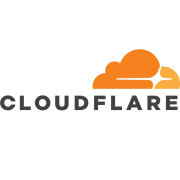



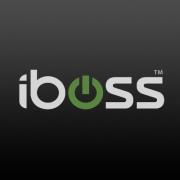









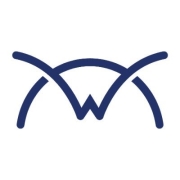

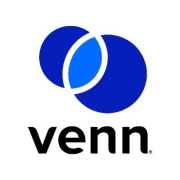



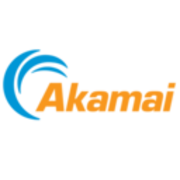
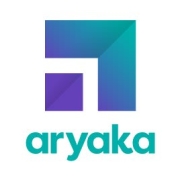

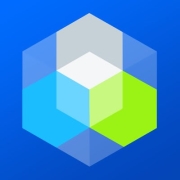
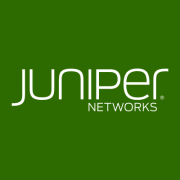







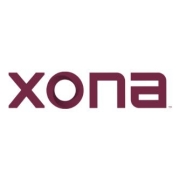
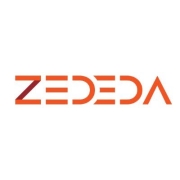
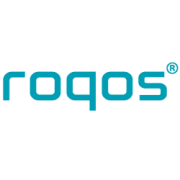







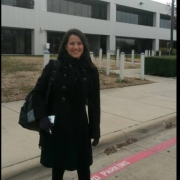

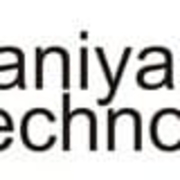
The SASE model has four main characteristics:
1. Identity-driven. The networking experience and the level of access are determined by the identity of the actual user and the resource, rather than simply by an IP address. The identity associated with the network connection drives the quality of service, the route selection, and the application risk-driven security controls. This approach allows companies to develop one set of security and networking policies for users regardless of location or device. This ultimately reduces operational overhead.
2. Cloud-native architecture. The architecture of SASE leverages key cloud capabilities, including adaptability, elasticity, self-maintenance, and self-healing, to provide a platform that is efficient, adaptable, and available anywhere.
3. Supports all edges. SASE creates one network for all of the company’s resources. For example, physical edges are supported by SD-WAN appliances while users on the go are connected through mobile clients and clientless browser access.
4. Globally distributed. The SASE cloud must be globally distributed in order to ensure the full security and networking capabilities are available everywhere and the best possible experience is delivered to all edges.
1. The security, networking, and systems teams are fully siloed.
In this case, the network team manages and operates an SD-WAN with other network-centric systems, such as DDiS mitigation, DNS protection, and CDNs, to protect it. A remote site has one or more tunnels under the control of the network team, and then the security team has its own tunnels through which it manages the security portion. Therefore, multiple vendors are needed and as a result, additional money will have to be spent.
2. The security, networking, and systems teams are siloed but have agreed to manage a common infrastructure.
In this case, a uCPE (universal customer premises equipment) device at the remote site maintains role-based access control, enabling the cybersecurity and network teams to each manage their respective parts of a service that is integrated. This can get complicated at times, but at least saves money because only one vendor is required.
3. Choosing products.
If your IT teams will remain fully siloed, you will need at least two products: one (or more) for security and another one (or more) for networking. However, if your IT teams are siloed but agree to manage a common infrastructure, then these services can be combined into a single product.
4. Choosing NaaS (network as a service).
Some executives are looking at the possibility of an end-to-end service so that they don’t have to manage their WANs at all. In this NaaS model, the enterprise and the vendor’s client portal interface to set policies.
5. Integration and Interoperability.
Due to its scope, it is important that providers have features that are well-integrated, not ones that are cobbled together from pre-existing standalone point products. SASE endpoint agents need to be able to integrate with other agents to simplify deployments, with different kinds of cloud gateways, and with various kinds of proxies that are required in the overall solution.
6. Avoid DIY Solutions.
Rather than stringing together appliances and services on an ad hoc basis, it is preferable to adopt a true SASE solution that is provided by one or two vendors. This can prevent such issues as high latency, insufficient performance at scale, and a lack of control, network visibility, and necessary administrative tools. that cobble together a disjointed set of single-purpose appliances or services are destined to result in a solution with undesirable attributes. A well-engineered SASE solution should deliver simplicity, flexibility, and security that you wouldn’t otherwise have.
SASE is secured end-to-end and all communication across the platform is encrypted. Threat prevention capabilities such as firewalling, decryption, IPS, URL filtering and anti-malware are natively integrated into SASE and are also globally available to all connected edges.
Edge computing is a framework of computing that is done closer to the source of the data (such as local edge service or internet of things devices.) Proximity of applications to the source of the data can offer faster insights, better bandwidth availability, and improved response times. Latency is reduced because the data does not have to travel to a cloud or a data center to be processed. Edge computing enables more comprehensive and faster data analysis, which creates an opportunity for deeper insights and an overall improved customer experience.
SASE - Secure Access Server Edge - is a framework in which security and networking functions work together at the cloud edge to maximize both protection and performance.
Point solutions address specific requirements for networking and security. Buying, sizing, scaling, and maintaining each of these solutions separately can get complicated, not to mention costly. SASE is a simplified, unified alternative to these solutions that replaces physical and virtual point solutions with a globally distributed cloud service that is cost-effective, agile, and scalable. SASE performs all of the functions that point solutions do - and more - and offers better visibility, easier orchestration, and proactive threat detection. Using a software stack in the cloud, it runs multiple security functions simultaneously in multiple engines.
A software-defined wide-area network (SD-WAN) is a virtual WAN architecture that uses software to control the connectivity, the management and the services between data centers and cloud instances or remote branches.
SASE combines security functionalities with an SD-WAN approach into one cloud-based service. Both SASE uses features that were already found in SD-WAN, such as traffic prioritization and bandwidth optimization. However, in an SD-WAN, the features are executed by virtualized devices that are spread throughout the WAN. In SASE, on the other hand, the networking decisions are made by the cloud or by a security agent on an end user’s device.
One way SASE differs from SD-WAN is in how it inspects network traffic. While SD-WAN uses service-chained point solutions, SASE runs all of the security functions at once in a single cloud-native software stack made up of multiple policy engines. And since the engines are all from the same vendor, there is less downtime since the data does not have to be sent back and forth between products.
A CASB (cloud access security broker) acts as an intermediary between users and cloud service providers. It can address gaps in security across SaaS (software-as-a-service), PaaS (platform-as-a-service), and IaaS (infrastructure-as-a-service) environments. CASB extends some of the protections used for a traditional perimeter-focused security model to cloud-based deployment.
The fundamental difference between SASE and CASB is the amount of security integration each one provides and the assets that each one can protect. While CASB secures SaaS applications and can be added on to a security stack the organization is already using, SASE offers a fully-integrated WAN networking and security solution connecting branch offices and remote users to the Internet and to cloud and corporate applications.
SASE provides a security stack that is fully integrated and that includes the security features that CASB includes, as well as incorporating SD-WAN, next-generation firewalls (NGFW), and more. The integration and optimization that SASE provide will generally simplify security and maximize the efficiency of your security team. However, it may be easier to slot a standalone CASB solution into your organization’s existing security architecture.
SASE enhances network security by integrating network and security functions into a single cloud-based service. This allows you to enforce security policies consistently across all users, regardless of their location. SASE also utilizes secure web gateways, firewall as a service, and zero-trust network access to protect data and block threats in real-time, improving your network's resilience against cyberattacks.
What is the role of Zero Trust in SASE?In SASE, Zero Trust plays a crucial role by ensuring that only authenticated and authorized users can access network resources. You should implement Zero Trust principles to verify every access request, monitor user activity continuously, and reduce risk by granting minimum privilege. This model is essential in protecting sensitive data and maintaining strict access controls across your network.
How does SASE simplify WAN management?SASE simplifies WAN management by converging networking and security into a single service, reducing the complexity of managing multiple point solutions. You can benefit from centralized policy management, automated updates, and streamlined traffic routing, which decreases operational overhead and enhances agility. This results in optimized network performance and lower costs.
What benefits does SASE offer for remote work?SASE is particularly beneficial for remote work by providing secure, reliable access to corporate resources from any location. You can implement SASE to ensure consistent security policies for remote users, improve performance with direct-to-cloud connectivity, and protect sensitive information with data loss prevention tools. This makes it easier to manage workforce mobility and maintain business continuity.
Why is SASE important for cloud adoption?SASE supports cloud adoption by offering a scalable, secure environment for connecting users to cloud-based applications and services. As you transition to the cloud, SASE provides seamless, secure access, enhancing the user experience and protecting data with integrated security services. This framework aligns with cloud-first strategies, promoting agility and efficiency in your operations.